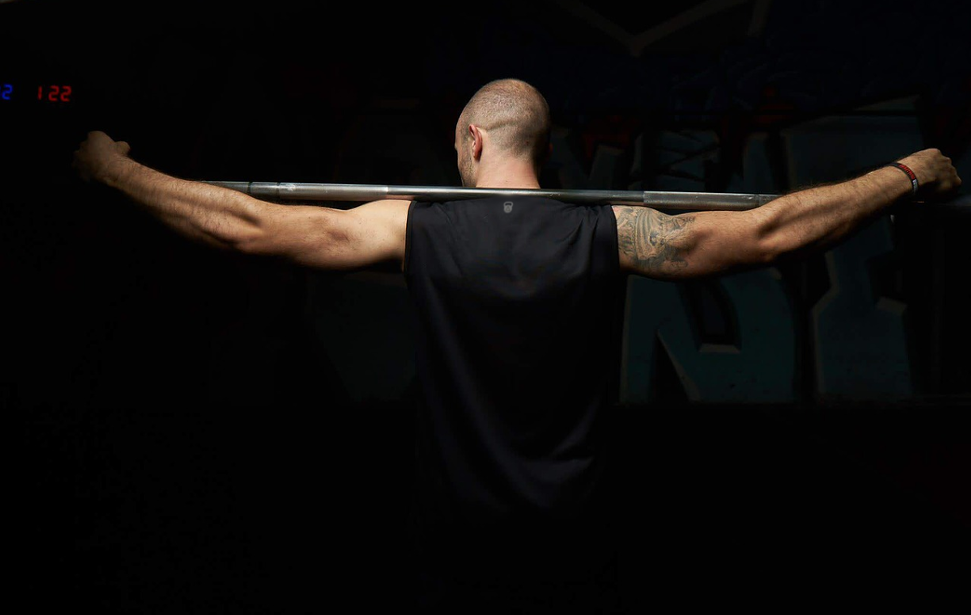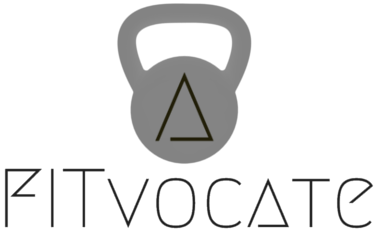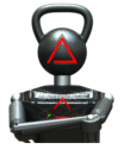
There is a set standard at the gym; that the true measure of someone’s strength is the amount of weight they can bench press, dead lift, and squat. But we don’t care about standards here, all that we care about is moving the weight, because the more challenging your workouts become means that your body fat will begin to be replaced with muscles! So it is with this, that we’ve created a strategy that will shoot up the amount of weight your moving in the big three movements!
My first question to you is...
Are you in the 1000lb club?
Or rather, do you know what the 1000lb club is? Well no worries, allow me to explain! The 1000lb club is a power lifting standard that involves the big three movements: Bench Press, Dead Lift, and Squat. To get into the 1000lb club your total one rep max (ORM) of each movement must add up to 1000lbs. For example, your ORM is as follows: Bench Press – 315lbs, Dead Lift – 405lbs, and Squat – 455lbs. The sum total weight of these three movements is 1175lbs, which is over 1000lbs; welcome to the 1000lb club! Here’s the win-win scenario: do or do not get into the 1000lb club, you will be lifting a lot of weight along the way, and as a result you will be developing more muscle and strength. Check out this article on the importance of lifting heavy weights: Does Heavy Weight Training Increase Testosterone? Ok, so now let’s dive into our strategy for moving more weight!
1. Train near your ORM
Do you know what your ORM is? Have you every checked your ORM? If not, let’s review what to do if you have to bail. The dead lift is easy, if you can’t lift the weight off of the ground then that’s it. The bench press requires help from someone else, just have them spot you. Remember: Tell them that you’re only going for one rep, and then they’ll ask you if you need help off of the rack, save your energy for the actual lift by saying yes. Now for the squat, don’t be a bro and ask some to spot you. Have you ever seen this? If you have, you don’t want to be a part of that. Unless your into that sort of thing (not that there’s anything wrong with it). Generally speaking, Gym goers don’t want to be asked to spot someone who is squatting. Here’s a couple of better options: First option, squat in a rack that has rails that you can set low enough to be just lower than where you would be at your lowest point in the squat (just lower than parallel) and if you need to bail then the bar can just rest on the rails. Second option, just let the bar roll out of the your hands and fall behind you. This option is best used when you’re using bumper plates (weights that are made of a dense rubber – think Olympic weight lifting plates). Be careful if you have long hair, it could get caught when you’re dropping the bar away and that’s never good.
Now that you know how to bail with the movements, and have figured out your ORM, let’s get to the training! Stay within a window of 70% to 98% of your ORM. So if your ORM for the bench press is 315 then you would be working in a window of 225 – 295lbs (we’ve rounded up to normal gym units). Alternate each week by performing high reps and low reps. For high reps use a lighter weight, and for low reps use a heavier weight. Check out this article for: Choosing The Right Weight. Be sure to also to check your ORM every two weeks.
2. Invest in a Weighted Dip Belt
You will be glad you did. This piece of equipment will shoot up your numbers like you wouldn’t believe! Doing weighted dips alone shot my bench press up over 300 lbs! You can also do weighted pull ups with this. These movements are great for developing your upper body! Get ready for all sorts of gains!
3. Start Doing Rack Pulls/Deficits
Ever heard of them? These movements are both designed to help you with the most difficult parts of the dead lift – the Lockout (or the top portion) and the Liftoff (or the bottom portion). The rack pull trains your lockout, and the deficit trains your liftoff.
First let’s set up the rack pull. The requirement is within the name, you need a rack. Specifically we’re talking about the rails as mentioned above in how to bail out of a squat. Set the rails to a height that is at most equivalent to your arms being below your hips (the lower you set the rails the more beneficial). Then simply lift the bar off of the rails with good dead lift form, bring it down slowly and repeat.
Second, and much easier to set up, are deficit dead lifts. For deficit dead lifts you are strengthening the lift off portion, you do this by shortening the distance between you and the bar. The lower the bar sits on your shin (towards your feet) the more effort you have to use to get the lift off. You set this up by standing on barbell plates. That’s it, you want to make the deficit dead lift harder? Stand on more plates.
A couple of things to remember: you may go heavier on the rack pulls than your ORM, but you will go lighter on the deficit dead lift than your ORM.
There you have it, a complete strategy to effectively increase your big three movements. If you follow these steps you should see your numbers shoot up quickly. That is to say, as long as you’re doing things with good form. Be safe out there. No one cares how much you lift if it is UGLY!
No one cares how much you lift if it is UGLY!
- Athleticism
- Muscle Size
- Strength Development
- Weight Training

